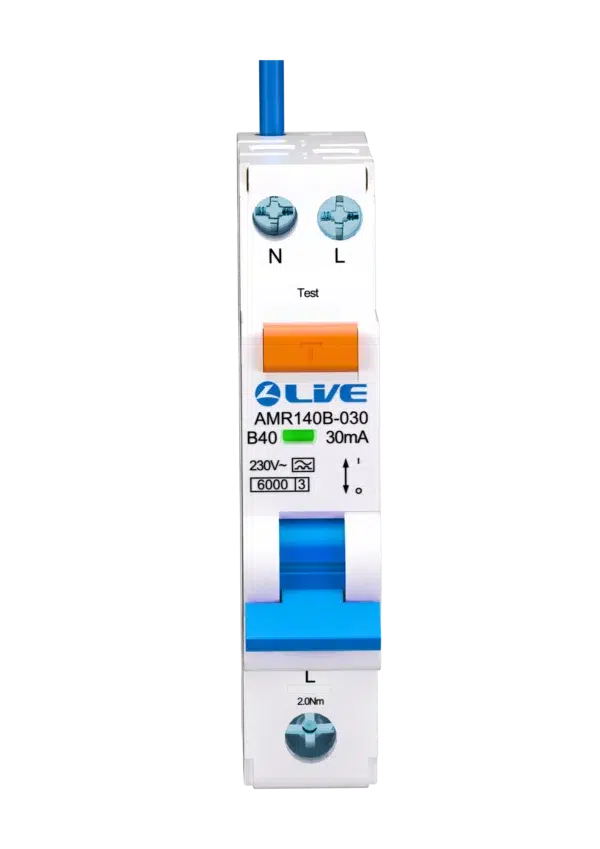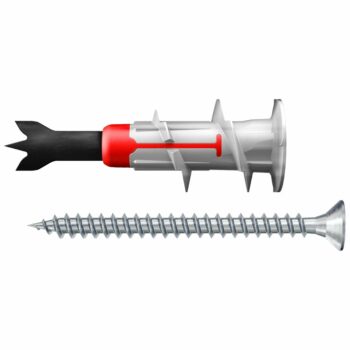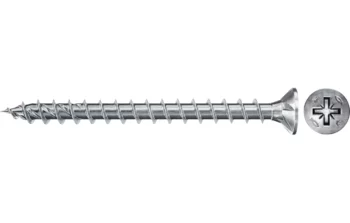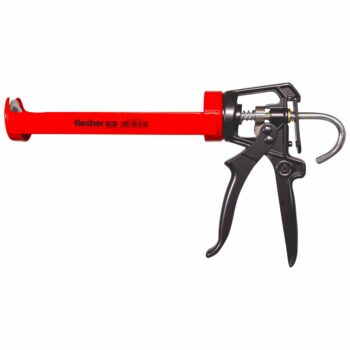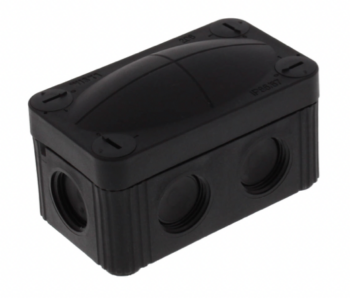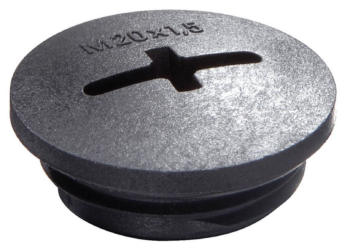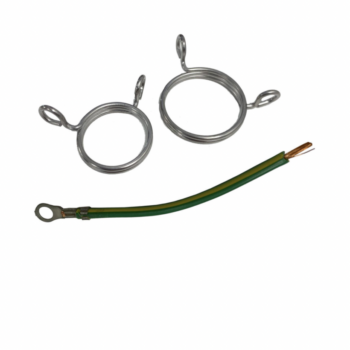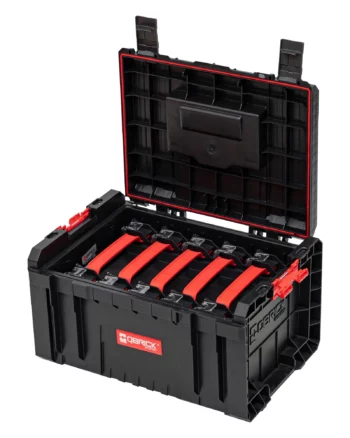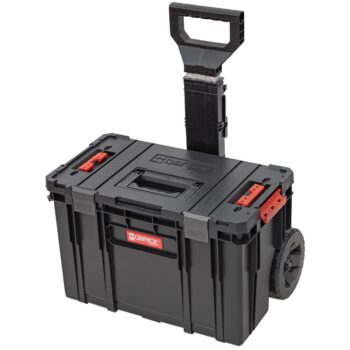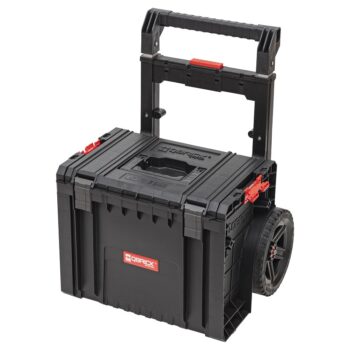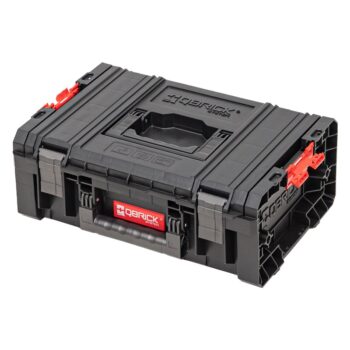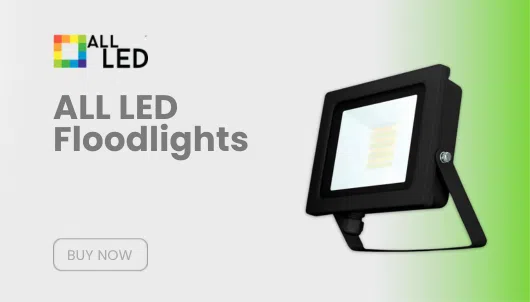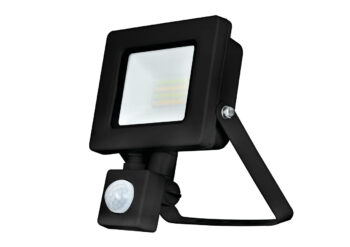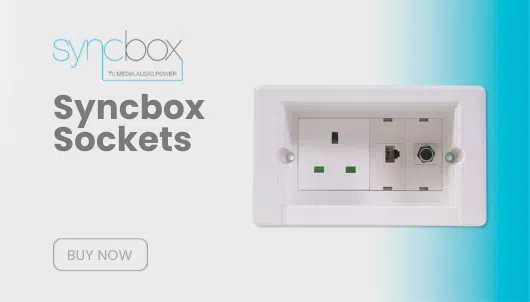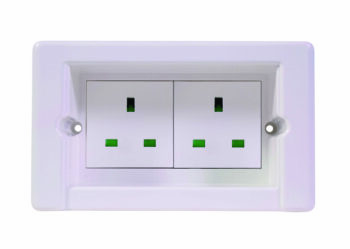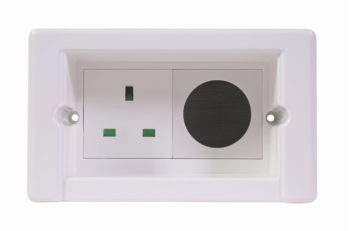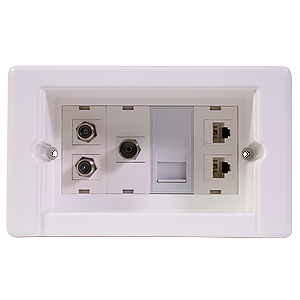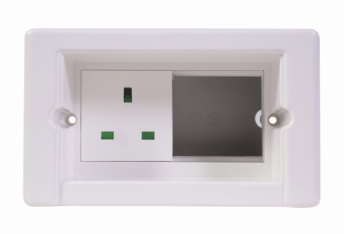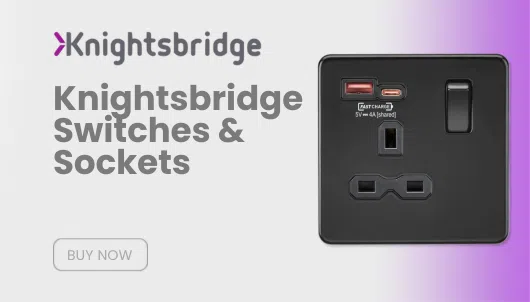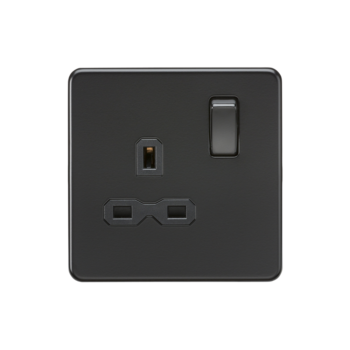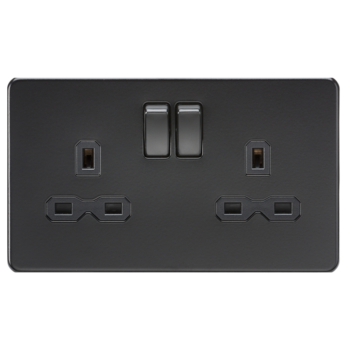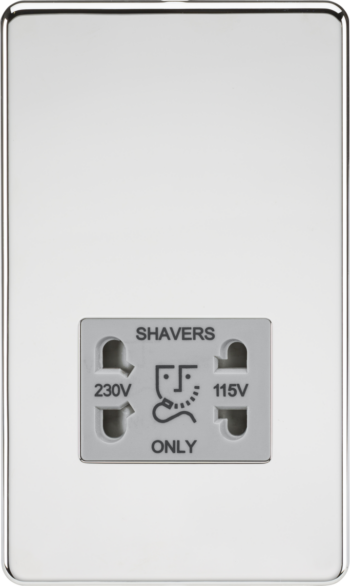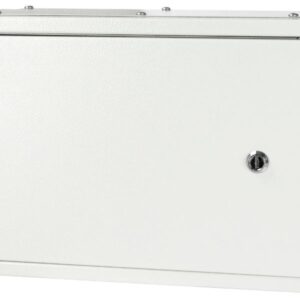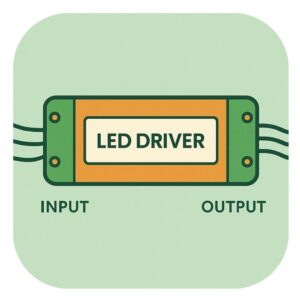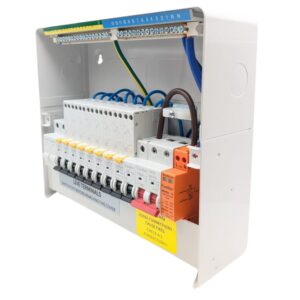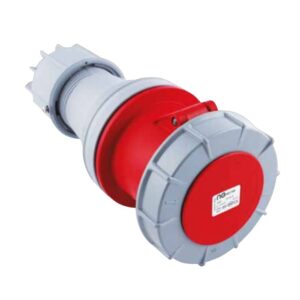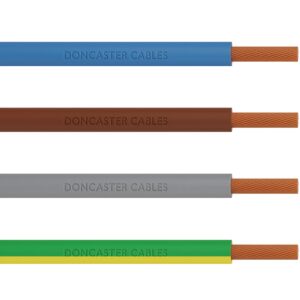A Complete Guide To Live Electrical Bidirectional RCBOs
Table of contents
- A Complete Guide To Live Electrical Bidirectional RCBOs
- 1. Introduction to Live Electrical Bidirectional RCBO
- 2. What is a Bidirectional RCBO?
- 3. How Does a Bidirectional RCBO Work?
- 4. Why is a Bidirectional RCBO Important?
- 5. The Key Advantages of Live Electrical Bidirectional RCBOs
- 6. Applications of Bidirectional RCBOs
- 7. Technical Details of Live Electrical Bidirectional RCBOs
- 8. Bidirectional RCBOs vs. Traditional RCBOs: What’s the Difference?
- 9. The Technology Behind Bidirectional RCBOs
- 10. Compliance and Regulations for Bidirectional RCBOs in the UK
- 11. The Future of Bidirectional RCBOs in Electrical Installations
- 12. Installation Best Practices for Bidirectional RCBOs
- 13. Conclusion
- 14. FAQs on Live Electrical Bidirectional RCBO
1. Introduction to Live Electrical Bidirectional RCBO
When it comes to ensuring electrical safety, Live Electrical Bidirectional RCBOs are one of the most innovative breakthroughs in modern electrical protection technology. As electrical systems evolve, new technologies are developed to meet the growing demands for efficiency and safety. One such technology is the bidirectional RCBO, which is designed to protect both traditional and modern electrical systems.
In this comprehensive guide, we’ll dive deep into the world of Live Electrical Bidirectional RCBOs—exploring how they work, their advantages, key applications, and how they can enhance both safety and reliability in electrical systems.
2. What is a Bidirectional RCBO?
A Bidirectional RCBO (Residual Current Circuit Breaker with Overload Protection) is a device that not only offers protection against overloads and short circuits but also provides earth leakage protection in both directions of current flow. Traditional RCBOs protect against faults in one direction of current flow, but bidirectional RCBOs can detect leakage currents that flow from either direction.
This technology is particularly valuable in systems that use renewable energy sources, such as solar panels, where electricity may flow back to the grid. Bidirectional RCBOs can detect leakage both from the utility side (grid) and from the electrical supply side (e.g., solar panels), providing a more complete and secure form of protection.
3. How Does a Bidirectional RCBO Work?
The working mechanism of a Live Electrical Bidirectional RCBO is simple yet effective. Like traditional RCBOs, the bidirectional version detects both earth leakage currents and overload conditions. However, the key difference lies in its ability to detect faults or leakage in either direction, making it a much more versatile solution.
- Leakage Current Detection: The device continuously monitors the current flowing in both directions through the circuit. If any residual current is detected, indicating a potential fault (like leakage to earth), the RCBO instantly disconnects the power, preventing the risk of electric shock or fire.
- Overload Protection: The overload protection feature of the RCBO ensures that excessive currents, which can lead to overheating and potentially cause fires, are quickly detected. The RCBO will trip when an overload is detected, preventing damage to the circuit.
This dual protection feature makes the bidirectional RCBO a perfect fit for renewable energy systems, hybrid electrical setups, and any installation where power may flow in both directions.
4. Why is a Bidirectional RCBO Important?
As electrical systems continue to integrate more renewable energy sources, such as solar panels, wind turbines, and even electric vehicles with vehicle-to-grid (V2G) capabilities, the flow of electricity is no longer unidirectional. Power can now flow from the grid to the home and from the home to the grid. This shift calls for new solutions in circuit protection.
Bidirectional RCBOs are important because they:
- Detect Faults in Both Directions: Traditional RCBOs can only detect faults when current flows in one direction, but bidirectional RCBOs ensure complete protection in systems where current flow can alternate.
- Ensure Safety in Hybrid and Renewable Systems: They protect the entire system, whether the power is flowing from the grid to the home or from the home to the grid, safeguarding users from potential electric shocks or fires.
- Meet the Growing Demand for Advanced Protection: With the rise of smart homes and renewable energy, bidirectional RCBOs are becoming an essential tool for future-proofing electrical installations.
5. The Key Advantages of Live Electrical Bidirectional RCBOs
Live Electrical Bidirectional RCBOs offer several key benefits:
- Dual Directional Protection: Unlike traditional RCBOs, bidirectional models can detect leakage currents from both directions, providing enhanced protection in systems with bi-directional energy flow.
- Adaptability to Renewable Energy Systems: As mentioned, they are perfect for solar and wind systems, where power can flow both to and from the grid.
- Improved Safety: By combining the functions of an MCB (Miniature Circuit Breaker) and RCD (Residual Current Device) into one unit, bidirectional RCBOs provide comprehensive protection against both overloads and earth faults.
- Increased Reliability: With a bidirectional RCBO, users can rest assured that their electrical circuits are protected no matter how the power flows.
6. Applications of Bidirectional RCBOs
Domestic Use
In domestic settings, Live Electrical Bidirectional RCBOs are increasingly popular in homes with renewable energy setups. For instance, a solar panel installation often involves generating electricity that is fed back into the national grid. A bidirectional RCBO ensures that any earth leakage in either direction is detected and the circuit is protected.
Commercial and Industrial Use
For businesses and industrial settings, bidirectional RCBOs provide critical protection in environments where electrical systems are interconnected with power grids or where there is the possibility of reverse current flow (such as in renewable energy plants, factories with backup generators, and EV charging stations). Their reliability makes them an indispensable part of any safety-conscious electrical installation.
7. Technical Details of Live Electrical Bidirectional RCBOs
Live Electrical Bidirectional RCBOs are packed with technical features that ensure superior protection and reliability:
- Current Rating: Bidirectional RCBOs are available in a wide range of current ratings to suit different circuit requirements, from small domestic circuits to larger industrial setups.
- Leakage Detection: They offer residual current detection at both AC and DC levels, ensuring maximum safety in circuits with complex electronic devices or renewable energy systems.
- Overload Protection: The overload protection element ensures that if the current exceeds safe levels, the RCBO will trip, preventing damage to the system.
- Sensitivity: With sensitivity settings tailored to the application, bidirectional RCBOs offer precise detection and tripping thresholds to ensure optimal protection without nuisance tripping.
8. Bidirectional RCBOs vs. Traditional RCBOs: What’s the Difference?
The main difference between Bidirectional RCBOs and traditional RCBOs lies in their detection capabilities:
- Traditional RCBOs: These devices are designed to detect faults in the power flow from the source to the load (typically only from the grid to the home).
- Bidirectional RCBOs: These devices can detect faults in both directions of power flow, making them ideal for modern systems with renewable energy or smart grid features, where power may flow in both directions.
Why Does This Matter?
With the widespread use of renewable energy, bidirectional RCBOs are quickly becoming essential in residential, commercial, and industrial settings. They offer better protection for systems that involve power return to the grid or hybrid systems that use energy storage, such as batteries or backup generators.
9. The Technology Behind Bidirectional RCBOs
The technology used in Live Electrical Bidirectional RCBOs integrates advanced current-sensing mechanisms with precise tripping mechanisms. These devices use:
- Magnetic and Electronic Sensing: A combination of magnetic and electronic sensors is used to detect the direction and magnitude of any earth leakage currents.
- Overload Mechanism: This mechanism utilizes thermal or magnetic principles to trip the RCBO when an overload condition is detected.
- Advanced Microprocessor-Based Protection: The bidirectional functionality relies on an integrated microprocessor that evaluates the direction of current flow and determines if an earth leakage fault has occurred.
10. Compliance and Regulations for Bidirectional RCBOs in the UK
In the UK, all electrical installations must comply with the IET Wiring Regulations (BS 7671). This includes the use of RCBOs to protect electrical circuits. For Live Electrical Bidirectional RCBOs, specific regulations apply to ensure these devices meet the highest safety standards.
Bidirectional RCBOs must be tested and certified according to relevant UK standards, including IEC 61009 and BS 61009-1, to guarantee their safety and reliability.
11. The Future of Bidirectional RCBOs in Electrical Installations
As renewable energy adoption continues to rise, bidirectional RCBOs will play a crucial role in providing safer, more efficient electrical systems. Their ability to detect faults in both directions aligns perfectly with the needs of modern electrical grids, where bi-directional energy flow is becoming the norm.
With advancements in smart grid technology and increased consumer interest in renewable energy, the Live Electrical Bidirectional RCBO is poised to become a fundamental component in electrical installations.
12. Installation Best Practices for Bidirectional RCBOs
When installing a Live Electrical Bidirectional RCBO, there are a few best practices to follow:
- Choose the Right Current Rating: Ensure that the RCBO selected is suitable for the circuit’s current rating.
- Proper Circuit Planning: Plan the installation to account for the potential for reverse power flow, especially in systems with renewable energy sources.
- Test Regularly: Even though bidirectional RCBOs are highly reliable, it’s essential to test them periodically to ensure they’re functioning correctly.
- Expert Installation: Always ensure that installation is carried out by a qualified electrician to meet all safety and regulatory requirements.
13. Conclusion
Live Electrical Bidirectional RCBOs are a game-changer in modern electrical safety. Their ability to detect leakage currents and overloads in both directions ensures they offer superior protection in today’s hybrid and renewable energy systems. Whether you’re a homeowner with solar panels or a business with an advanced electrical setup, these devices offer peace of mind knowing that your circuits are fully protected.
As electrical systems evolve and demand more versatility, bidirectional RCBOs will continue to be a key component in maintaining safety and compliance. Investing in these advanced devices ensures not only protection but also future-proofing for the modern electrical grid.
See Live Bidirectional RCBOs here!
14. FAQs on Live Electrical Bidirectional RCBO
A device that protects against both overloads and earth leakage currents, detecting faults in both directions of current flow.
Bidirectional RCBOs are necessary for systems with renewable energy sources or bi-directional power flow.
They detect leakage currents and overloads in both directions, ensuring comprehensive protection in modern systems.
Yes, they are ideal for solar systems where power flows both to and from the grid.
Traditional RCBOs detect faults in one direction, while bidirectional RCBOs work for both directions of current flow.

